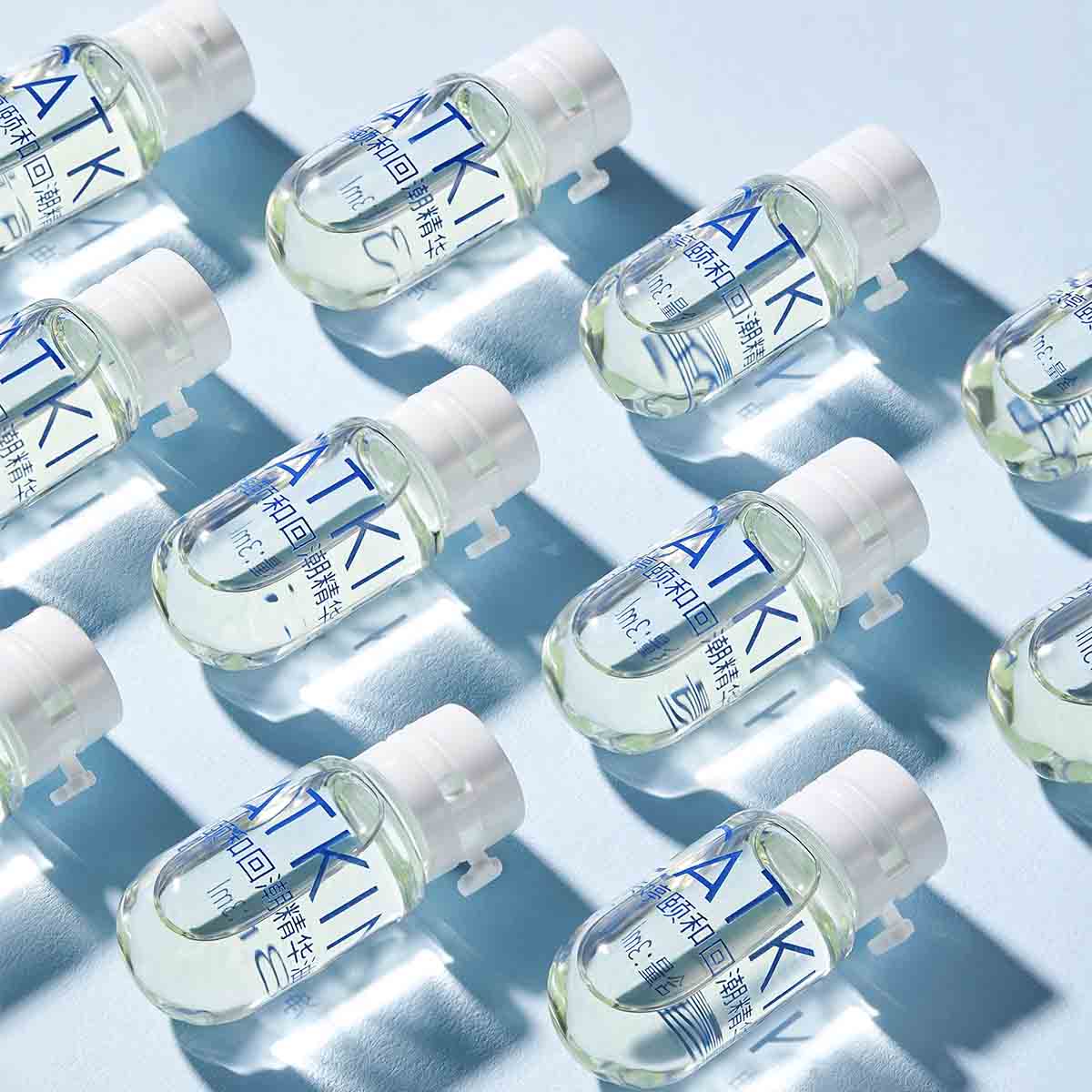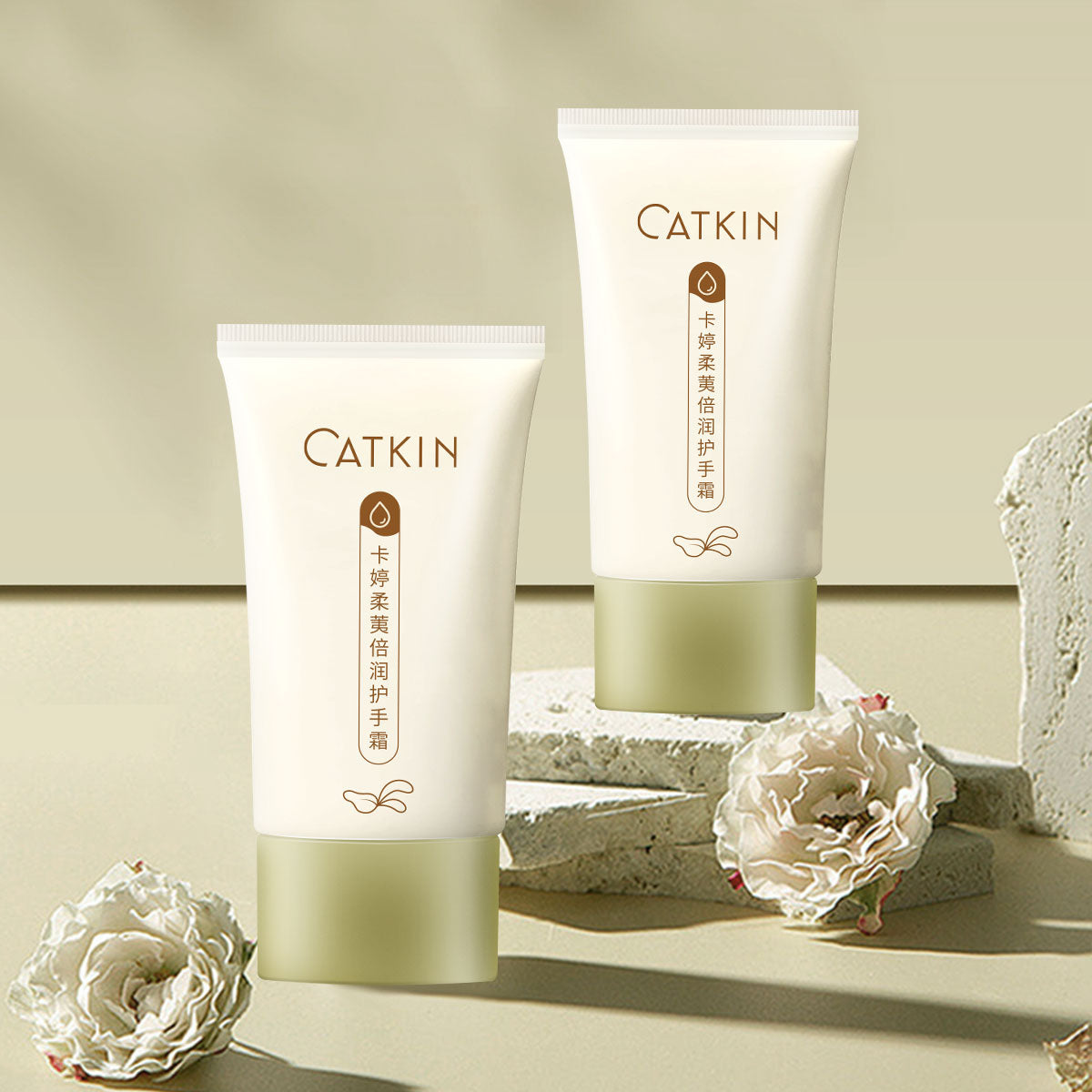
How to Conceal Blemishes: A Step-by-Step Guide for Flawless Skin
Blemishes can show up at the most inconvenient times—before a big event, presentation, or photo op—but with the right makeup techniques and products, you can conceal them effectively and boost your confidence. Whether you're dealing with acne, redness, or a stubborn spot, this guide will walk you through the best practices for camouflaging blemishes while maintaining a natural-looking finish.
Step 1: Prep Your Skin
Before applying any makeup, start with a clean, well-moisturized face.
-
Cleanse Thoroughly: Use a gentle cleanser to remove dirt, oil, and bacteria.
-
Apply a Lightweight Moisturizer: Hydrated skin allows makeup to apply more smoothly and prevents cakiness.
-
Use a Mattifying or Pore-Filling Primer: This helps reduce shine and creates a smooth canvas for concealer and foundation.
Step 2: Color Correct (If Needed)
Color correcting can neutralize discoloration before applying concealer.
-
Green Corrector: Neutralizes redness from pimples or inflamed blemishes.
-
Peach or Orange Corrector: Cancels out dark spots or acne scars on medium to deep skin tones.
-
Apply Sparingly: Use a tiny amount directly on the blemish and blend gently with a fingertip or small brush.
Step 3: Apply a Full-Coverage Concealer
Choose a high-coverage, long-wearing concealer that matches your skin tone.
-
Use a Precision Brush: Dab the concealer only on the blemish, not around it, to avoid drawing attention.
-
Let It Set for a Few Seconds: This helps increase coverage and adherence before blending.
-
Tap, Don’t Rub: Gently tap the edges with a clean finger or sponge to blend without removing the product.
Step 4: Layer Foundation Strategically
Apply your foundation after concealer for a more seamless blend.
-
Use a Light Hand: Avoid layering too much foundation over the blemish; focus on evening out the rest of your skin.
-
Build Coverage Only Where Needed: You can lightly stipple foundation over concealed areas with a sponge or brush.
Step 5: Set with Powder
Lock everything in place to prevent slipping and fading throughout the day.
-
Use a Translucent Powder: Press it gently onto the blemish with a small puff or brush—avoid sweeping motions.
-
Opt for a Matte Finish: This helps prevent light from reflecting off uneven skin textures.
Step 6: Avoid Heavy Layers
Less is more when concealing blemishes—thick layers can draw more attention.
-
Thin Layers = Natural Finish: Build coverage gradually to avoid a cakey look.
-
Skip Shimmery Products Near Blemishes: Highlighting near problem areas can emphasize texture.
Extra Tips:
-
Use Clean Tools: Dirty brushes and sponges can introduce bacteria and worsen breakouts.
-
Don’t Pick at Blemishes: Broken skin is harder to conceal and more prone to infection.
-
Skincare Matters: Continue treating blemishes with non-comedogenic skincare to help reduce them over time.
Final Thoughts
Concealing blemishes is about enhancing your natural features—not hiding who you are. With the right prep, techniques, and mindset, you can feel confident and put-together no matter what’s going on with your skin. Remember, everyone gets blemishes, but knowing how to work with them can make all the difference.






